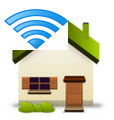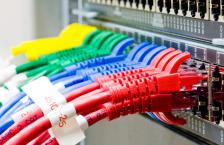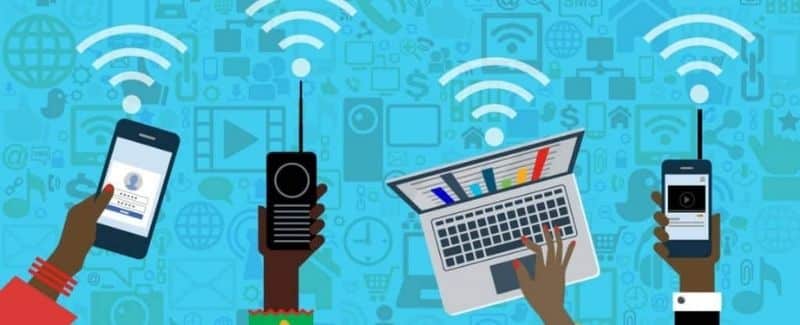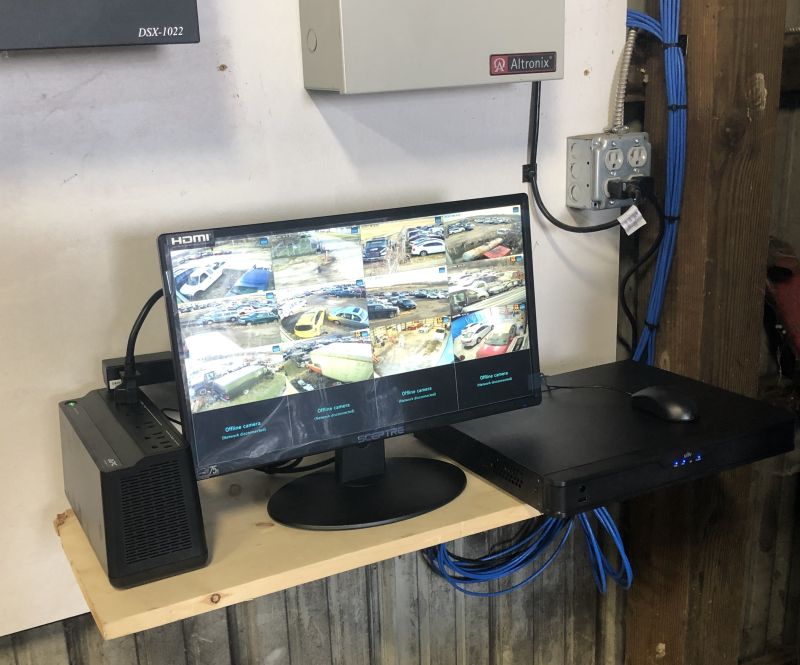In today’s interconnected world, computer networks play a crucial role in enabling communication, data sharing, and resource access across various scales and environments. From small home setups to global enterprises, networks are the backbone that facilitates the exchange of information and enables collaboration. Understanding the different types of networks is essential for designing and implementing effective solutions that meet specific requirements. In this comprehensive article, we will explore the main network types, their characteristics, and their respective use cases.
Local Area Network (LAN)
A Local Area Network (LAN) is a network that connects computers and devices within a limited geographical area, such as a home, office, or building. LANs are designed to facilitate resource sharing, including printers, files, and internet connections, among users within the same location.
Key Features of LANs
- Limited geographical coverage (typically within a building or campus)
- High data transfer rates (e.g., Ethernet, Wi-Fi)
- Shared resources (e.g., printers, file servers)
- Centralized administration and management
Common LAN Examples
- Home networks: Connecting devices like computers, smartphones, and smart TVs for internet access and file sharing.
- Office networks: Enabling employees to share resources, access shared drives, and communicate within the organization.
- School or university networks: Providing internet access and shared resources for students and faculty.
Metropolitan Area Network (MAN)
A Metropolitan Area Network (MAN) is a larger network that spans a metropolitan area or city. It interconnects multiple LANs within a city or town, allowing for communication and resource sharing between different locations or organizations.
Key Features of MANs
- Covers a larger geographical area than a LAN (typically a city or town)
- Interconnects multiple LANs and organizations
- Enables resource sharing and communication between different sites
- Often used by service providers (e.g., cable TV, internet) and large organizations
Common MAN Examples
- Cable TV networks: Providing cable television services to subscribers within a city.
- Internet service provider networks: Offering internet connectivity to residential and business customers across a metropolitan area.
- Large organization networks: Connecting multiple office locations or campuses within a city for centralized resource sharing and communication.
Wide Area Network (WAN)
A Wide Area Network (WAN) is a network that covers a large geographical area, such as a country or even the entire world. WANs are used to connect LANs and MANs across long distances, enabling communication and data transfer between remote locations.
Key Features of WANs
- Spans a vast geographical area (regional, national, or global)
- Interconnects LANs and MANs over long distances
- Utilizes various communication technologies (e.g., leased lines, satellite links, VPNs)
- Enables communication and data transfer between remote locations
Common WAN Examples
- The internet: The largest WAN, connecting millions of smaller networks worldwide.
- Corporate WANs: Connecting an organization’s offices, branches, and data centers across different regions or countries.
- Cloud computing networks: Enabling access to cloud-based services and resources from anywhere in the world.
Campus Area Network (CAN)
A Campus Area Network (CAN) is a network that interconnects multiple LANs within a limited geographical area, such as a university campus, military base, or corporate campus. It allows for resource sharing and communication between different buildings or departments within the campus.
Key Features of CANs
- Covers a limited geographical area (e.g., a campus or facility)
- Interconnects multiple LANs within the campus
- Enables resource sharing and communication between different buildings or departments
- Often used in educational institutions, military bases, and large corporate campuses
Common CAN Examples
- University campus networks: Connecting different buildings, libraries, and computer labs for students and faculty.
- Military base networks: Interconnecting various facilities and departments within a military installation.
- Corporate campus networks: Linking multiple buildings and offices within a company’s campus for centralized resource sharing and communication.
Personal Area Network (PAN)
A Personal Area Network (PAN) is a network that connects devices within a very short range, typically within a person’s reach or personal operating space. PANs are used for transferring data between personal devices or connecting them to a LAN.
Key Features of PANs
- Covers a very short range (typically within a few meters)
- Connects personal devices (e.g., smartphones, laptops, wearables)
- Enables data transfer and communication between personal devices
- Often used for wireless connectivity (e.g., Bluetooth, NFC)
Common PAN Examples
- Bluetooth networks: Connecting devices like smartphones, laptops, and wireless headphones for data transfer and communication.
- Wearable device networks: Enabling communication and data exchange between smartwatches, fitness trackers, and other wearable devices.
- Wireless peripheral connections: Connecting keyboards, mice, and other peripherals to a computer or mobile device without cables.
Storage Area Network (SAN)
A Storage Area Network (SAN) is a dedicated network that provides access to consolidated, block-level data storage. It connects servers and storage devices, allowing multiple servers to access shared storage resources.
Key Features of SANs
- Dedicated network for storage devices and servers
- Enables centralized storage management and data backup
- Provides high-speed data transfer and low latency
- Offers scalability and redundancy for storage resources
Common SAN Examples
- Enterprise storage solutions: Providing centralized storage for large organizations, enabling data sharing and backup across multiple servers.
- Cloud storage infrastructures: Enabling access to cloud-based storage resources for businesses and individuals.
- High-performance computing environments: Supporting data-intensive applications and workloads that require high-speed storage access.
Conclusion
Understanding the different types of computer networks is crucial for designing and implementing effective solutions that meet specific requirements. From the small-scale Personal Area Networks (PANs) to the global reach of Wide Area Networks (WANs), each network type serves a unique purpose and offers distinct features. By leveraging the appropriate network type, organizations and individuals can optimize resource sharing, communication, and data transfer, enabling seamless collaboration and productivity.
As technology continues to evolve, new network types and advancements may emerge, further enhancing our ability to connect and share information across various scales and environments. Staying informed about these developments and understanding their implications is essential for making informed decisions and ensuring that network infrastructures remain efficient, secure, and aligned with evolving business needs.






0